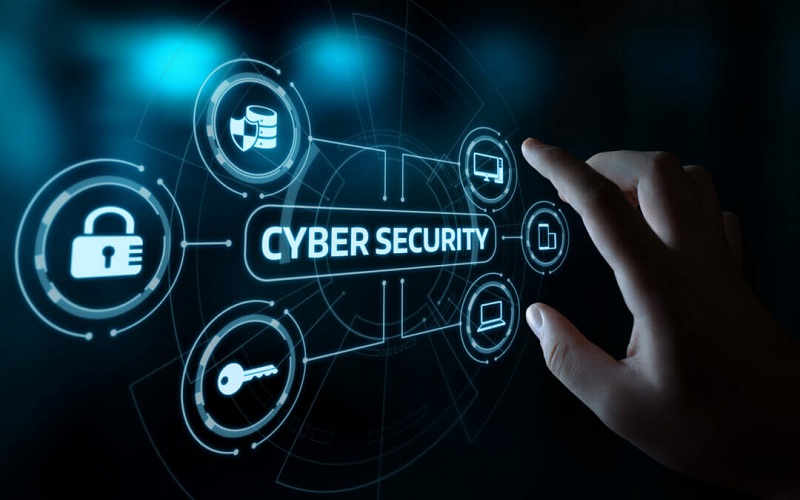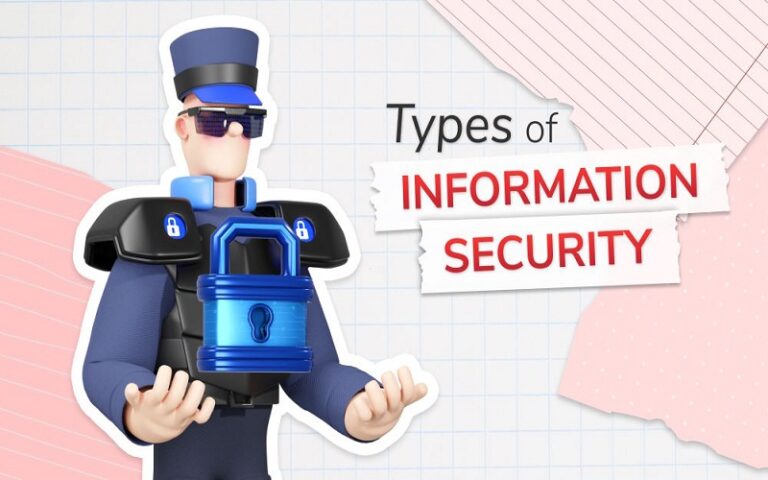The digital landscape is constantly evolving, and with it, the threats posed by cybercriminals. In 2024, businesses of all sizes need to be more vigilant than ever in protecting their valuable data and assets. Fortunately, a range of innovative technologies are emerging to bolster cybersecurity defenses. Here, we explore some of the most promising business technologies that can significantly improve your cybersecurity posture in 2024:
Business Technologies To Improve Your Cybersecurity in 2024
1. Zero Trust Network Access (ZTNA)
Traditional network security models often grant
access based on location (being within the office network). However, ZTNA flips this script. It assumes no user or device is inherently trustworthy and requires continuous verification before granting access to specific resources, regardless of location. This “never trust, always verify” approach is particularly beneficial for securing remote workforces and access to cloud-based applications.
2. Extended Detection and Response (XDR)
Traditional security tools often operate in silos, making it difficult to identify and respond to complex cyberattacks. XDR takes a holistic approach, integrating data from various security tools like firewalls, endpoint security solutions, and email security to provide a unified view of potential threats. This allows for faster detection, investigation, and remediation of security incidents.
3. Artificial Intelligence (AI) and Machine Learning (ML)
Cybercriminals are constantly developing new attack methods. AI and ML can be powerful allies in the fight against them. These technologies can analyze vast amounts of security data to identify suspicious patterns and predict potential attacks. AI can also automate incident response tasks, freeing up security personnel to focus on more complex threats.
4. Security Automation and Orchestration (SO&A)
Security teams are often overwhelmed with manual tasks like patching vulnerabilities and responding to alerts. SO&A platforms can automate these repetitive tasks, streamlining security operations and improving efficiency. For example, SO&A can automatically deploy security patches to vulnerable systems, saving valuable time and reducing the risk of exploitation.
5. Endpoint Detection and Response (EDR)
With the rise of remote work, securing endpoints like laptops and mobile devices becomes crucial. EDR solutions provide real-time visibility into endpoint activity, allowing for the detection and containment of malware, ransomware, and other threats. EDR solutions can also investigate suspicious activities and provide forensics data for
incident response.
6. Data Loss Prevention (DLP)
Data breaches can be devastating for businesses. DLP solutions help prevent sensitive data from being accidentally or maliciously leaked. DLP can monitor and control data transfers, encrypt sensitive information, and prevent unauthorized access. In 2024, with growing data privacy regulations like GDPR and CCPA, DLP becomes even more critical for businesses.
7. Security Awareness Training
Even the most sophisticated technology can’t prevent human error. Security awareness training empowers employees to identify and avoid cyber threats like phishing scams and social engineering attacks. Regular training sessions can significantly reduce the risk of successful cyberattacks that exploit human vulnerabilities. You can use employee monitoring software to track your employee activities and prevent cyber risks. Maintain work-life balance for the employees.
8. Continuous Vulnerability Management
Cybercriminals are constantly looking for exploitable vulnerabilities in software and systems. Businesses need to be proactive in identifying and patching vulnerabilities before they can be exploited. Continuous vulnerability management involves regularly scanning systems for vulnerabilities and prioritizing patching efforts based on the severity of the risk.
9. Biometric Authentication
Traditional password-based authentication is increasingly vulnerable to hacking. Biometric authentication methods like fingerprint scanners, facial recognition, and iris scanners offer a more secure way to verify user identity. While there are privacy concerns to consider, biometric authentication can significantly enhance security for accessing sensitive data and systems.
By adopting a layered approach to cybersecurity and leveraging the latest technologies, businesses can significantly improve their defenses against cyberattacks in 2024. Remember, cybersecurity is an ongoing process, not a one-time fix. Staying informed about the latest threats and continuously updating your security posture is essential for protecting your business in the ever-evolving digital landscape.














+ There are no comments
Add yours